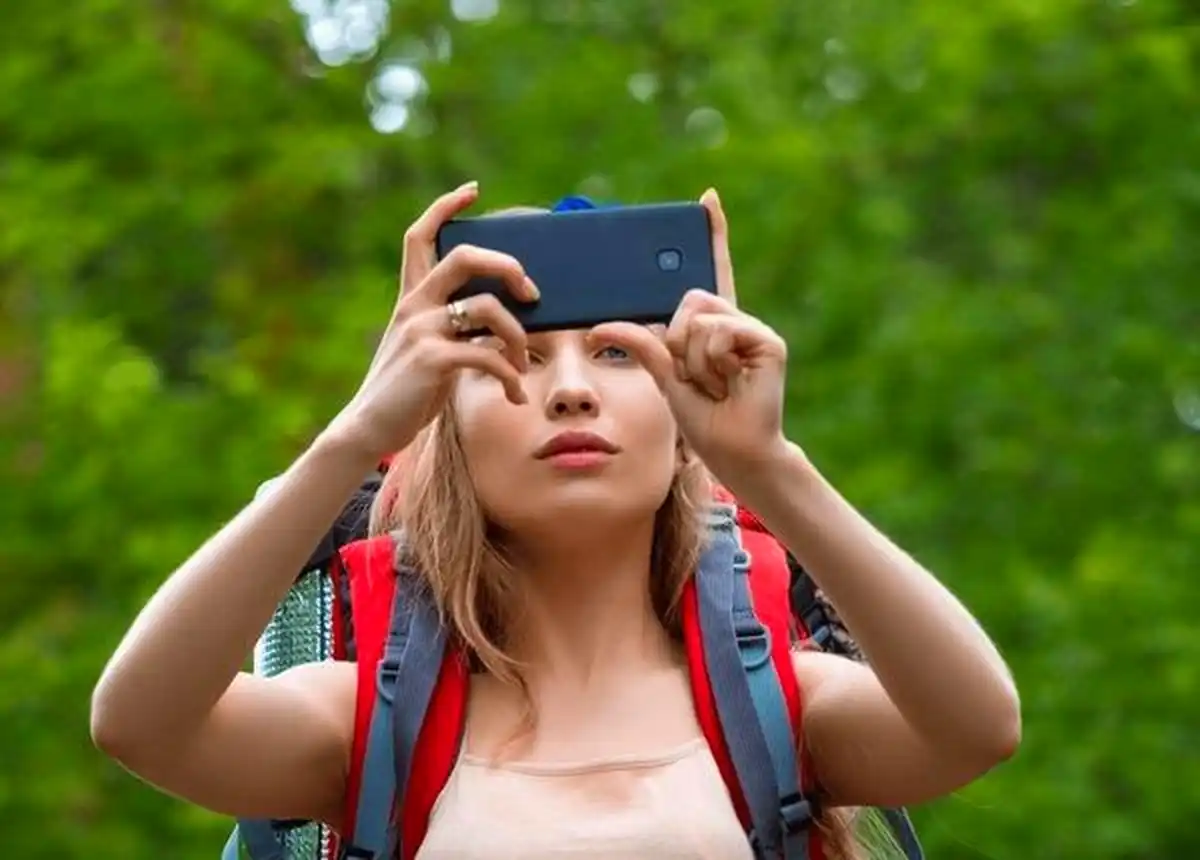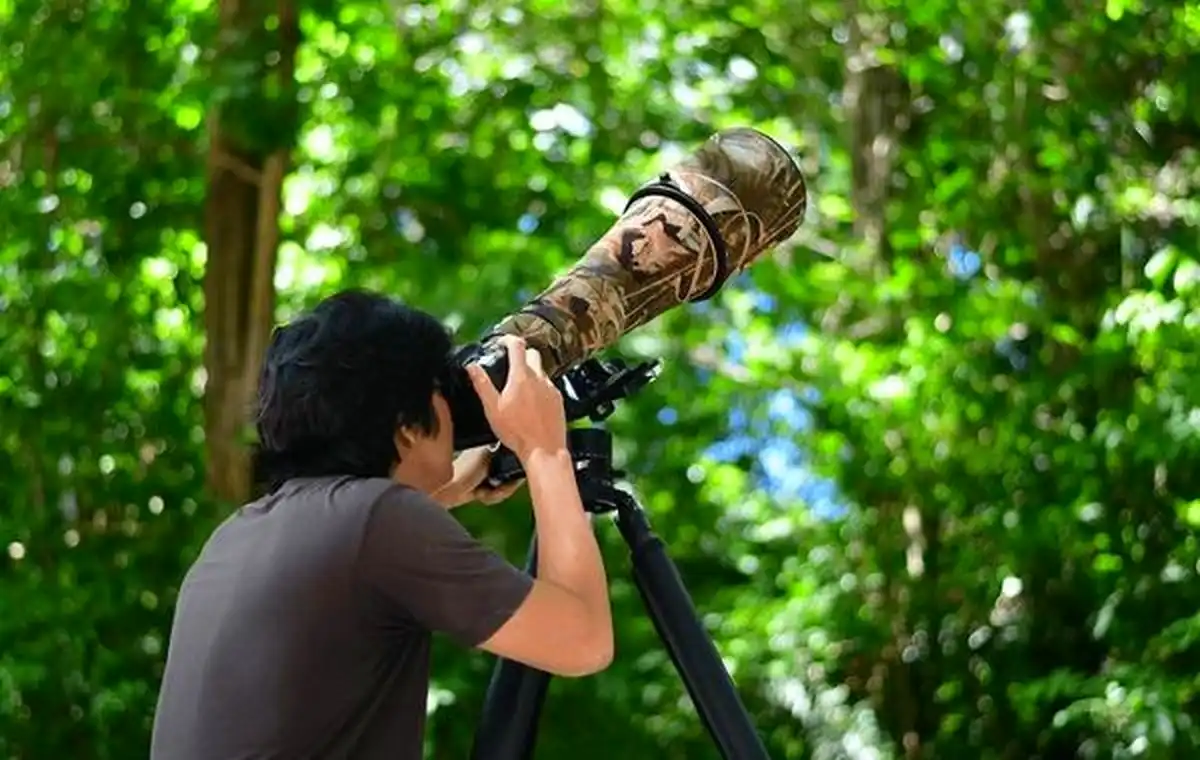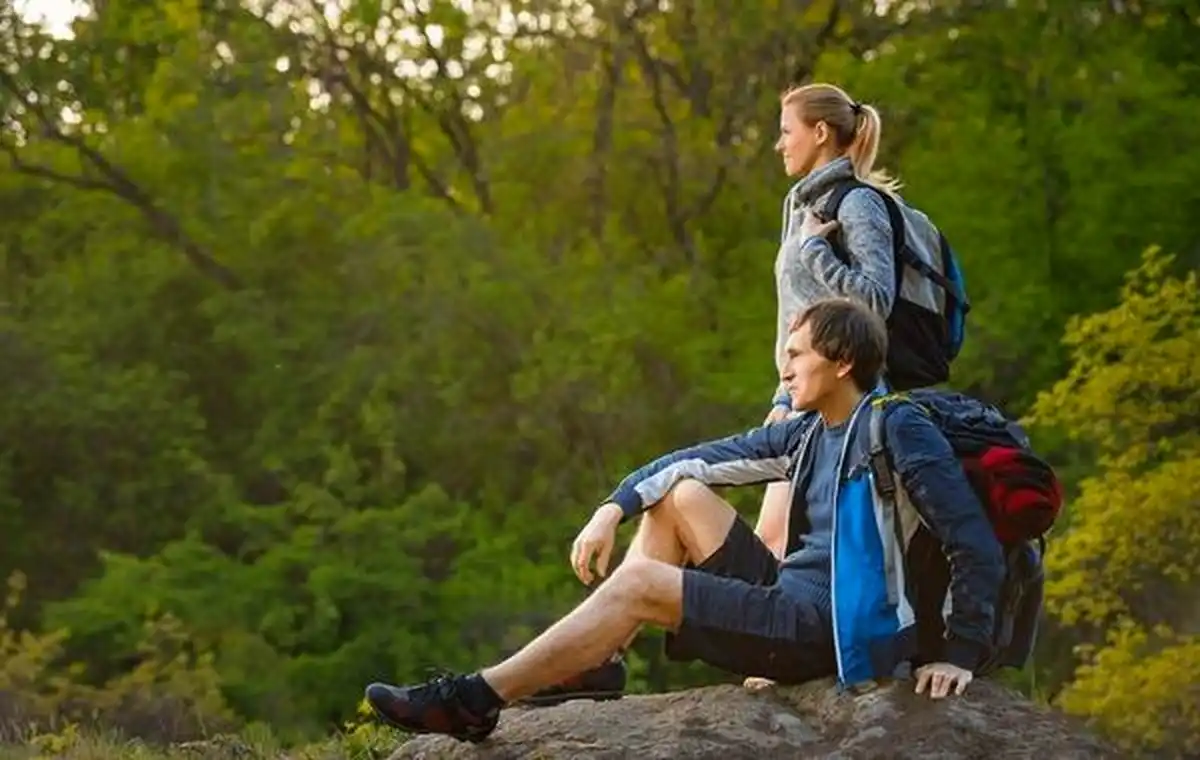
Exploring the Impact of Community-Based Tourism on Local Economies
Sophia Romine - Mar 15, 2025 - 7 min read


To ensure that you choose the right ecotourism tour to help you achieve excellent wildlife photography, you should take time researching some destinations. Identify which regions are considered biodiversity hubs that are easy to access with species you're interested in photographing. It's prudent to find a tour that considers the needs of the environment and sustainable viewing of wildlife.
Before you book your ecotourism tour, make sure to read reviews and testimonials from previous participants. Such firsthand feedback may be useful in knowing the quality of the tour, guides, and the whole experience. Please look for testimonials that focus on the opportunities provided for wildlife photography and support the tour operators provide photographers.
On embarking on a wildlife photography ecotour, you are going to require the right camera equipment. The best cameras for taking good photographs are DSLRs and mirrorless. A good quality telephoto lens would come in handy when trying to capture a distant animal with great detail. Another vital thing you should have with you is a spare camera body in case your primary body fails to function and also extra batteries. Do not forget to take a strong tripod and lens cleaning kit, which would help maintain the condition of your camera and lenses.
When out shooting in the wild, there is no way of predicting how conditions will be. Protective gear is therefore necessary for ensuring your safety and the equipment's safety. It might be a good idea to carry a weatherproof camera bag to shield your equipment from the elements. One should also consider having sturdily made hiking boots to help him/her cross rugged terrain. You would never forget to carry sun protection such as sunscreen, wide-brimmed hat, and sunglasses when it would be long days shooting outdoors.
To come up with a good wildlife photo, there is a need for a fundamental knowledge of what the species are doing in their everyday lives. Invest time and study the animal you intend to photograph by understanding where they live naturally, their feeding habits, and even the daily routine that they perform. This understanding will be very helpful as you would predict their movements thus getting real pictures that show the viewer a lot.
Patience plays a big role when one is taking photographs of wildlife. Take your time to observe without disturbing them from a distant place so that they get used to your presence without feeling threatened or disturbed. Do not cause sudden movements or loud noise that can scare or provoke the wildlife. Instead, blend with the environment as you wait for the ideal moment to take your photo.
Composition is integral to striking shots in wildlife photography. You can even remember it simply by splitting your frame horizontally and vertically into thirds. Then placing your subject either along these lines or at the intersections you create. Even this little trick will work for you; it adds the balance or visual interest with which viewers' eyes might be driven directly to a focal point.
Capturing breathtaking wildlife photography really requires the lighting. There is the golden hour, when the sun is at its minimum position after sunrise and just before sunset. This offers soft, warm light to enhance the mood and atmosphere of your images. Shoot during these magical hours when you can get the most natural light for your subject and capture it in the most flattering illumination possible.
As nature photographers, we have the responsibility to respect the welfare of the wildlife and ecosystems we encounter. Be mindful of ethical guidelines for wildlife photography, such as not getting too close to animals, not disturbing their natural behavior, and not using bait or calls to lure them in. In following these guidelines, you minimize your impact on the environment and contribute to conservation efforts.
When venturing outdoors into the great wild, leave nothing in the wild. Be a responsible tourist and take out everything that you brought into nature and reduce your impact on the landscape, never step where you shouldn't or hurt sensitive habitats. For sure, you are in a guesthouse in a manner of speaking for those beautiful animals, so their world should be left as is so that generations after will still enjoy it.
It's about spontaneity and staying unbound so that it has time for those so-called unexpected, unique chances in photographs. One needs an open mind and a head held ready for this particular day and the various alterations this may bring-from one changing into weather, maybe just when it turns so elusive-an animal nobody thinks exists around there.
While it's natural to have your own wishlist of iconic shots you hope to capture, don't forget to find beauty in the everyday moments too. In fact, some of the best wildlife photography comes in the form of unexpected meetings and intimate glimpses into the lives of animals. Stay present in these moments and open to any beauty that surrounds you-between a fleeting glimpse of that rare species or the quietly serene tranquility of such a landscape.
Ecotourism tours offer an unique experience to interact with indigenous communities and learn about their rich knowledge of the natural environment and wildlife. Make sure you take your time with the indigenous guides and members of the community; learn their stories and history and the traditions associated with nature. You will then understand and appreciate the ecosystems and will contribute to local conservation initiatives.
When you book an ecotourism tour, make sure you select operators and accommodations that focus on sustainability and community involvement. When selecting a tour company, look for those committed to responsible tourism practices, such as reducing their impact on the environment, supporting local conservation projects, and empowering indigenous communities. Choosing eco-friendly tour operators will help ensure that your photography adventures contribute positively to the destinations you visit.
As a nature photographer, your images inspire and educate others about the beauty and importance of wildlife conservation. Reflect on your experiences and the stories behind your photographs, conveying the wonder and diversity of the natural world through your images. Use social media, blogs, or exhibitions to share your passion for wildlife photography with others, inspiring them to connect with nature.
Share your photos and speak up to be heard, appealing for conservation and environmental protection. Present to the world the dangers of wildlife and their habitats and let the public know of specific action that may be taken so that the earth may continue to be saved. Let your voice and art bring about a great change and ensure that the wildlife in Earth will continue to exist and roam.
A wildlife photography ecotour is a thrilling adventure offering a boundless opportunity to explore and discover. Making the right choice in a tour, preparing right equipment, knowing about the behavior of wildlife, about composition and lighting, concerning the environment, taking in the unexpected and getting up close to local communities, and reflecting and sharing experience, you'll be able to capture beauty in the wild while working for its conservation and gaining more intimate experience with nature. Grab your camera and pack your bags for this lifetime adventure!

Sophia Romine - Mar 15, 2025 - 7 min read

Brian Garrity - Mar 12, 2025 - 9 min read

Emily Hazel - Mar 4, 2025 - 7 min read

Emily Hazel - Mar 1, 2025 - 12 min read